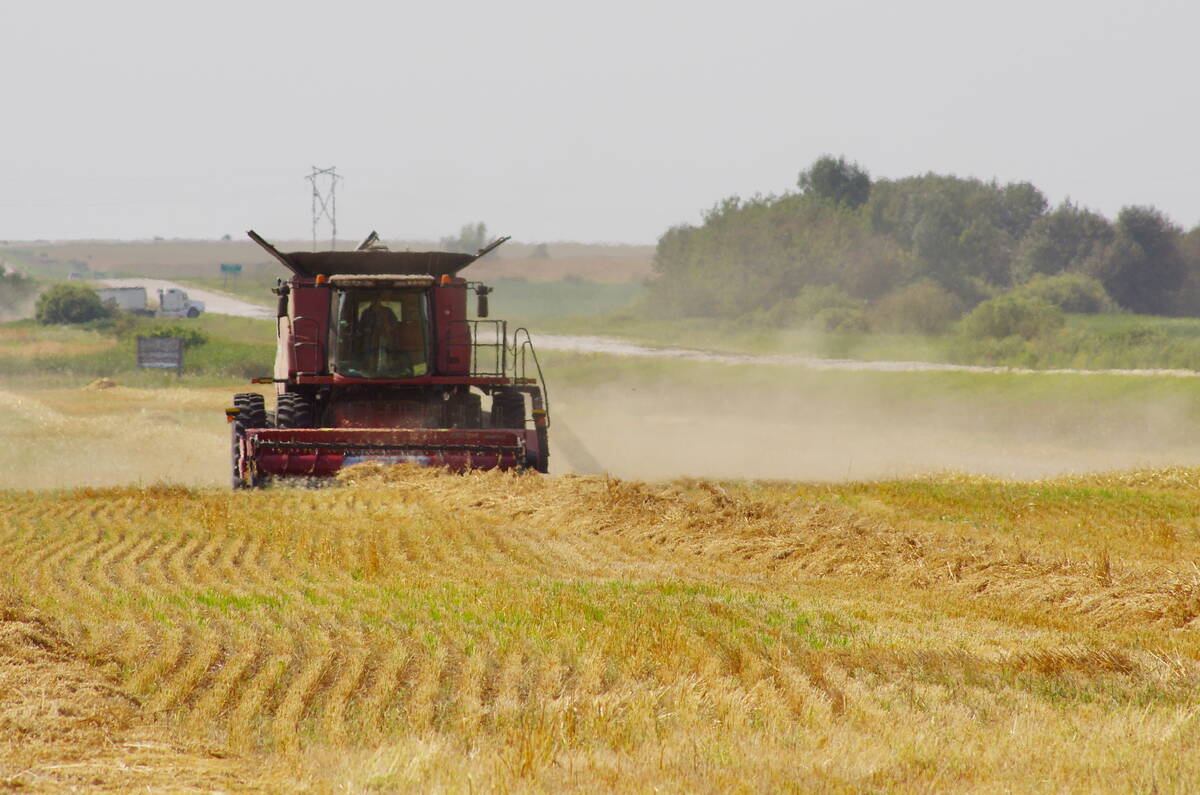Risk management | CFA calls on feds to review farm safety net programs
MONTREAL — With early signs of softening agricultural commodity prices, Canadian Federation of Agriculture directors are calling on governments to commit to a review next year of the effectiveness of weakened safety net programs.
There are also warnings that cuts in the level of program coverage could entice farmers into direct political action and protest rallies that have not been seen for years.
When Growing Forward 2 launched April 1, the support offered by mainstay programs AgriStability and AgriInvest was substantially reduced based on a 2012 agreement between federal and provincial agriculture ministers at a Whitehorse meeting.
Read Also

Herbicide resistance sprouts in Manitoba’s wild oats
Farmers across Manitoba this fall are gearing up for the latest salvo in what, for many, has become a longtime battle to beat out wild oats.
CFA directors meeting July 31 for their annual summer meeting argued in interviews that farmers did not fully grasp the impact of business risk management cuts last year because commodity prices were high and safety nets were not on their minds despite farm leader warnings.
“I think by this time next year, producers will be feeling the effects of falling incomes and they will suddenly be aware that they have lost some of the protection they had,” said Ontario Federation of Agriculture president Mark Wales.
CFA president Ron Bonnett said the architects of the cuts seemed to be basing decisions on the political assumption that prices would stay strong for years. However, some prices are already softening, and projections in the United States are for a prolonged period of corn prices 30 to 40 percent below recent highs.
“I think when that dawns on them, there will be some anger and it will be the time when some cracks start to appear in the system,” said Bonnett.
“We might get to the place where farmers are ready to put their tractors back on the road again. Sometimes it takes a crisis to wake people up.”
During the Montreal board meeting, Agricultural Producers Association of Saskatchewan delegates proposed a resolution “that the federal and provincial governments conduct a performance review of the GF2 business risk management programs during the 2014-15 program year to determine if changes are necessary to improve the effectiveness of the programs.”
There were no dissenting votes.
Bonnett said part of the problem was that governments offered little analysis of the impacts of the cuts if their assumptions about continued strong prices were wrong. During the debate leading to the GF2 agreement, critics including some farm leaders argued it was simply a way to help governments with their deficit problems rather than a vision for the industry.
But last week in a speech to the U.S. Grains Council meeting in Ottawa, federal agriculture minister Gerry Ritz argued the shift away from income support programs was a strategic decision by ministers to change the industry.
“GF2 pushes more of the spending envelope away from the reactive and towards proactive areas like innovation, market development and competitiveness,” he told the largely American audience holding their first grains council meeting in Canada.
















